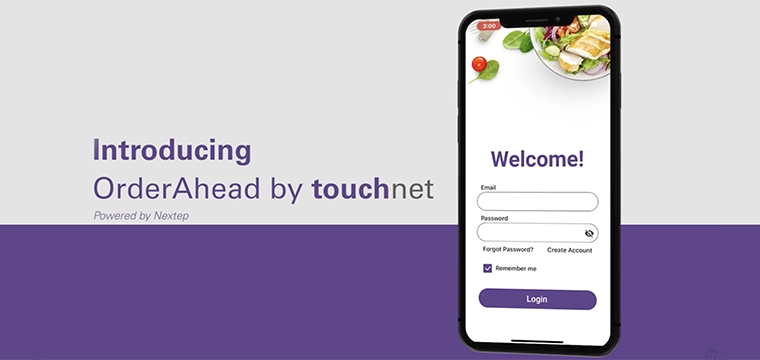UT Tyler admin shares her experience, learning, and outcomes from two-day event
In a recent CampusIDNews Chats interview, Brista Hurst-Kent, Business Technology Services Manager at the University of Texas at Tyler, shared her experience attending the NACCU Data Summit.
This two-day workshop focused on empowering participants to use common reporting tools – specifically Microsoft Excel with Power Pivot and Power Query – to create interactive dashboards that provide actionable insights into campus card transaction data.
At the end, I've got this perfect dashboard with charts, and as new files come in, it's super easy to just drop them into a location and refresh.
She highlighted how the training broke down complex functions into manageable steps, helping attendees feel more confident in working with new Excel features.
Throughout the summit, participants learned to set up templates that could be easily refreshed with new data files, enabling automatic updates to charts and dashboards.
One major takeaway was the ability to implement key performance indicators (KPIs) with customizable color codes, offering quick visual cues to identify issues without the need for time-consuming data sorting or filtering.
Hurst-Kent emphasized the practical value of the summit, calling it a “dream come true” and noting how it fulfilled a two-year goal of hers. She believes the skills gained will greatly enhance her ability to communicate data trends to campus leadership and colleagues. She strongly recommends the NACCU Data Summit to anyone interested in learning how to use data more effectively to inform decisions and streamline reporting processes.
Transcript
The NACCU Data Summit was the topic of a conversation with Brista Hurst-Kent, Business Technology Services Manager, University of Texas at Tyler. In this episode of CampusIDNews Chats, she describes what she learned and how it will increase insight into her transaction system data.
According to Hurst-Kent:
The data summit is a class that allows us to take tools that we already use and build skills that will allow us to go back to our campuses and use the common reports that we get every day to generate a dashboard. It will help us to communicate directly about what's going on in the campus card office to our administration or people who maybe just want to be able to glance at something and get an idea of what's going on.
During the two-day event, we got there each morning and started on our own laptops, and we were given files that would allow us to load data in once we got everything set up.
We opened up Excel, and the teacher taught us how to use Power Pivot and Power Query to set up a template that would allow us to load in files of a similar setup every single day or weekly or monthly as we get them and refresh that to give us insights about our transactional data, but on a higher level.
It was really great because they gave us the opportunity to knock it down into bite-size pieces so you weren't so overwhelmed with the new functionality that you were using in Excel, and it just made you feel a lot more confident about your ability to pull this off.
At the end of everything, I've got this perfect dashboard set up that has charts that as new files come in, it's super easy to just drop those files into a location and refresh.
Refresh your workbook, and it will change the chart based on the new transactional data that came in.
It is honestly, I know it's a little hyperbolic to say it's a dream come true. But for me, I have been wanting to take the data summit for two years now, and so finally having the opportunity to do it, see those dashboards, to see the pivot tables around it, just absolutely a dream come true.
One of the great things that we're going to be able to take advantage of on campus now is key performance indicators (KPIs).
We learned how to set the pivot tables up in a way with the KPIs enabled on them.
Doing that gives you an immediate understanding of the status of something.
You can set red, yellow, green statuses, and it's customizable so you can set the different levels to trigger the different colors. Immediately just looking at something, you know this thing is way out of range, and it's a problem.
Not having to dig through and sort and filter and conditional format all of that – you can still do that, but in this scenario once you get this template set up, you're just dropping the new data, refreshing it, and then there's the exact detail that you're looking for without having to search for it.
The one thing that I think that people really need to know is that the NACCU Data Summit is worth your time, it is worth your money.
I just got finished with it, so I can't prove the return on investment yet, but I am sure that when I get back to campus and I'm able to teach my boss to do this as well, it'll be like a two for one. So, if you're a person who likes to learn, who likes to work with data, this is the exact class that you need to be taking and sharing the knowledge with your colleagues.




